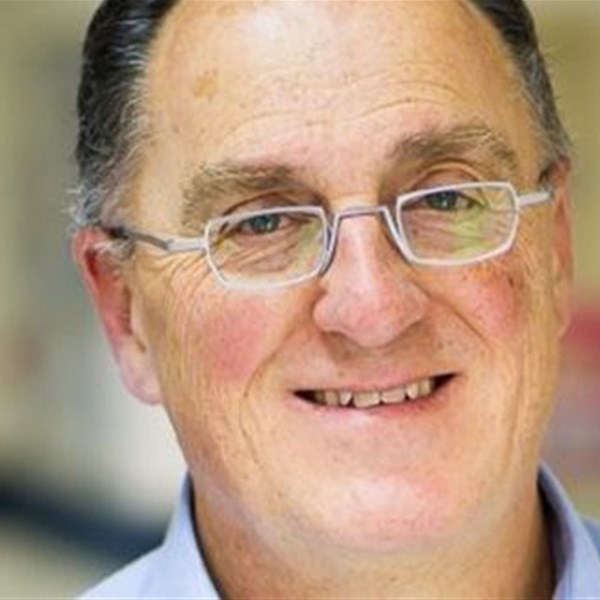Sure, you can schlep to the gym and hop on the elliptical for 45 minutes. Or you can lace up your sneaks and head outside for a long run to turn up your heart rate and calorie burn. But when the temperatures drop or you just don’t have time to leave your house, you can still squeeze in a solid cardio workout at home. All you need is a little room to move—and the ability to push yourself, just enough so your heart starts pumping and the sweat starts flowing.
How can you do that? Two words: plyometric exercises.“[These] exercises are perfect for a cardio workout at home, as they save space (all the movements can be done in one place) and time because it requires max effort—and thus, less overall time spent—while also offering strength, power, and cardio benefits,” Judine Saint Gerard, NASM-CPT, head coach at Tone House in New York City, tells Health. “With these added benefits of strength and power, it may be even better than just trotting away on the elliptical.”
RELATED: The 10-Minute Cardio Workout You Can Do at the Office
The key to working hard enough to reap all the fitness rewards: firing up your core temperature so you start dripping sweat. “Most cardio workouts produce heat in the body—the more strenuous the workout, the more heat it produces, and sweating is the body’s way of cooling down,” she says. If you work through a cardio workout at home and finish it sweat-free, you’ll want to power up your intensity on the next go around. That means working faster or taking fewer breaks.
If you need a cardio workout to kick off your at-home training, Saint Gerard has the perfect routine for you. Here, she offers 10 plyometric exercises, plus how to time them to your heart-pumping advantage. Each one also has a low-impact variation for anyone jumping back into fitness after a long hiatus or someone who's starting a regular exercise routine for the first time. They're also smart options for those with injuries. The only thing you have to remember is to work hard so you end in sweat—so don't be too easy on yourself.
RELATED: The 7 Best Strength Exercises You're Not Doing
The Workout
If you’re opting for the high-impact plyometric moves, do each exercise below for 30 seconds, and rest for 30 seconds between each exercise. Prefer staying on two feet and skipping the jumps? Follow the modified moves for 30 seconds each, with just 15 seconds of rest between each exercise. Do 2-3 rounds with 60-90 seconds of rest between each round. The best part: the more you practice the less rest you’ll need.
Mountain Climbers

1. Start in a plank position, shoulders over wrists, forming a straight line from shoulders to heels.
2. Keep core tight and back flat. Drive one knee in toward chest, then place it back down.
3. Immediately drive the opposite knee in toward chest. Then, place it back down. Continue alternating.
Modification: Eliminate the hop and slow down your pace, still driving one knee at a time in toward your chest.
Vinyasa

1. Start in a plank position, shoulders over wrists, forming a straight line from shoulders to heels.
2. Lower down as if you’re doing a push-up, keeping elbows tight by sides.
3. Then, move chest through arms, coming into a cobra or up-dog pose (slight arch in the back; chest toward the sky).
4. Next, push through hands and lift hips all the way up to a downward-facing dog position. Repeat, flowing back to a plank position.
Modification: Drop the knees while you lower into a push-up position for more support.
RELATED: 25-Minute Core-Strengthening Vinyasa Flow
Burpee

1. Start standing, feet hip-width apart.
2. Place both hands flat onto the ground in front of you and hop feet behind you into a plank. Make sure to keep hips up, core tight, forming a straight line from shoulders to heels.
3. Then, quickly hop feet back up toward hands.
4. Jump all the way up to stand, bringing arms above head and exploding off feet. Repeat.
Modification: Place hands flat on ground, step left foot back, then step right foot back and pause in plank. Then, step left foot in, step right foot in, and stand back up, bringing arms overhead.
Lunge Jumps

1. Start standing, feet together.
2. Step left leg back and lower into a lunge, both knees bent 90 degrees, back right knee just hovering off the floor.
3. Push through the heel of the front left leg to explode up, switching feet in the air.
4. Land softly back into a lunge position, right foot forward. Repeat with right foot forward and continue alternating.
Modification: Instead of jumping up from the lunge, drive through the heel of the front leg, bring back knee up toward chest and then kick it straight out in front of you. Place foot back down and step back with the opposite foot. Continue alternating lunges with a front kick.
RELATED: 5 Power Lunges for Killer Glutes
Squat Jumps

1. Start standing, feet slight wider than hip-width apart.
2. Push your hips back and down, keeping weight in the heels as you lower into a squat.
3. Explode off your feet, extending your hips to jump up into the air.
4. Land softly back into a squat position, knees bent. Repeat.
Modification: Eliminate the jump and push the pace of a regular bodyweight squat.
Pike-Ups

1. Start in a plank position, shoulders over wrists, forming a straight line from shoulders to heels.
2. Hop your feet in so that your hips drive straight up into the air and you hit a reverse V shape.
3. Then, hop the feet back to a plank position. Repeat.
Modification: From your plank position, walk feet up toward hands to create the reverse V shape, and then walk them back to a plank. Repeat, while pushing your pace.
RELATED: 20 Plank Exercises You Can Do at Home
Skater Jumps

1. Start standing, feet hip-width apart.
2. Push off your left foot to hop to the right, landing with a bent knee, hips back, chest up, and bringing your left foot behind your right.
3. Then, push off your right foot, hopping to the left. Continue alternating.
Modification: Alternate curtsy lunges by stepping one foot diagonally behind you, lowering into a lunge position with knees bent 90 degrees. Step back up to standing and repeat on the other side. Continue alternating.
Tuck Jumps

1. Start standing, feet hip-width apart.
2. Lower into a shallow squat position and then explode up into the air, driving knees up into chest.
3. Land softly back down, with bent knees. Repeat.
Modification: Start in a kneeling position. Step left forward, and then right, coming into a low squat position. Then stand up. Lower back into a squat. Then place left leg back down to a kneeling position, and then right leg. Repeat, starting with the right leg. Continue alternating.
RELATED: 4 Fat-Blasting Jumping Exercises
Lateral Hurdle Hops

1. Start standing, feet together.
2. Place a yoga block or band next to you (or pretend there is a hurdle next to you). Bend knees slightly and drive up and over, hopping over the “hurdle” as you drive knees up.
3. Land softly with bent knees. Repeat, hopping to the other side. Continue alternating.
Modification: Instead of jumping over the “hurdle,” step over it, starting with the knee closest to the hurdle, and still driving the knees up toward chest. Keep arms straight overhead as you go.
High Knees

1. Start standing with feet together.
2. Drive one knee up toward chest, with the opposite arm driving forward (elbows bent 90 degrees).
3. Quickly place the foot back down and drive the other knee up and opposite arm forward.
4. Continue alternating, landing lightly with each step like you’re running in place.
Modification: March the knees up toward the chest, eliminating the hop.
To get our top stories delivered to your inbox, sign up for the Healthy Living newsletter





















